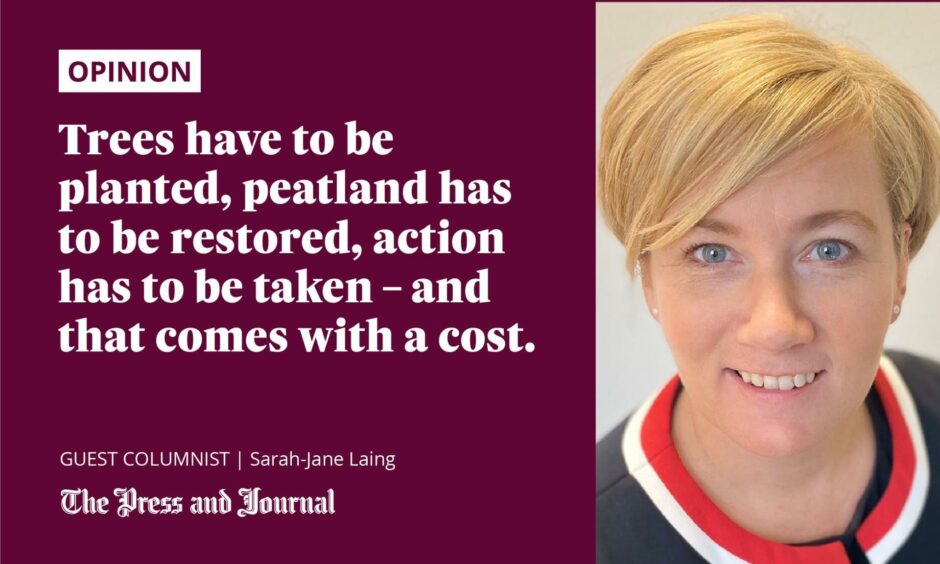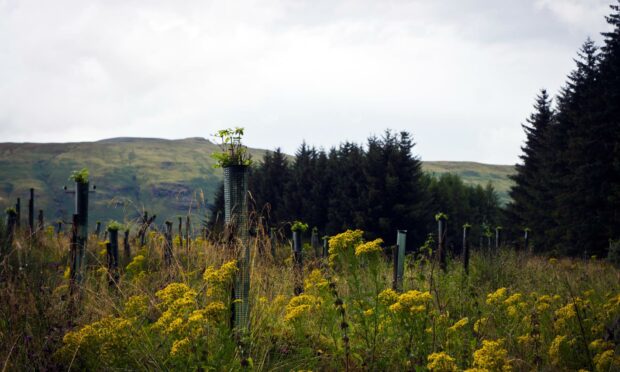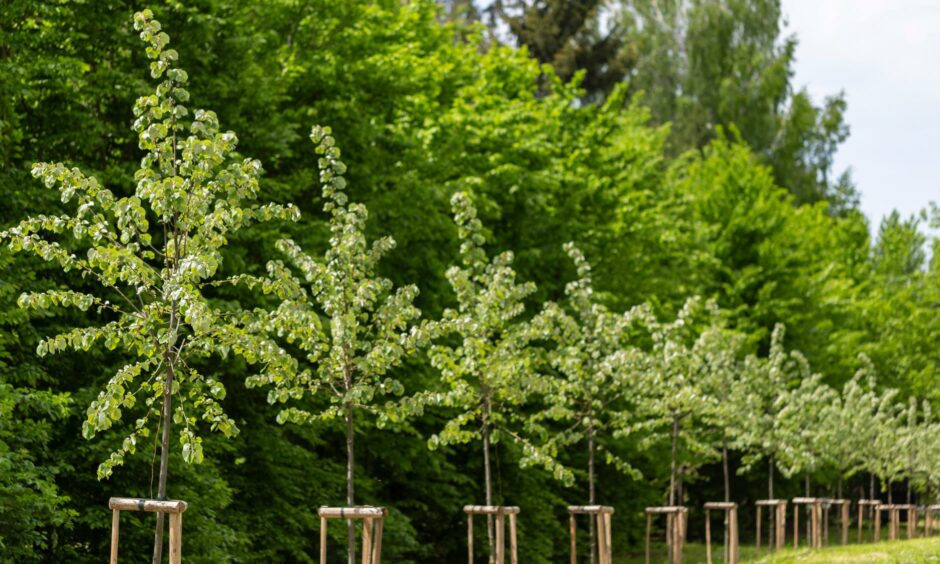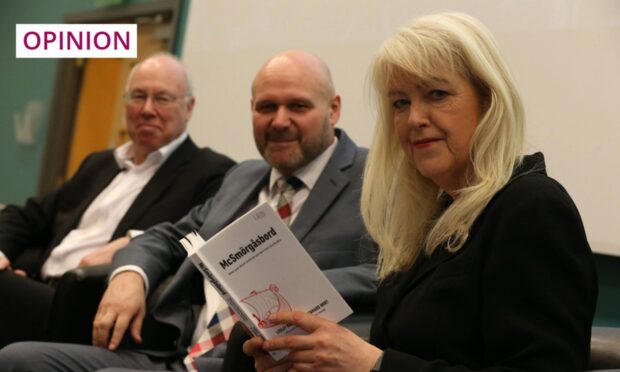Regular readers of the Press & Journal will probably recognise the term ‘green laird’ – a phrase first coined in these very pages.
It should have been a compliment – a landowner doing their bit to tackle climate change. Instead, it quickly became a sneering shorthand weaponised by those who crusade against large scale (and, in particular, private) landownership.
It really shouldn’t be this way in today’s Scotland. The term ‘laird’ is itself hopelessly out of date and fails to reflect landowners now come in all shapes and sizes, including communities, charities, government, quangos and local authorities. The single largest landowner today in Scotland is the Scottish Government. Also, the overwhelming majority of private landowners operate their land as an active business.

However, regardless of who the landowner is, there is one overarching challenge that unites us all – tackling climate change. The ‘ticking timebomb’ message from COP26 cannot be forgotten.
We all want to live in an environmentally better world and should strive to embrace working practices that are in tune with achieving that objective – and how we use land is an important part of that.
Being part of the solution
The fact that land can be part of the solution is something that is surely to be welcomed and embraced.
Long before the in-vogue buzzwords were thought of, rural landowners of all types have been actively involved in tree planting, peatland restoration, renewable energy, hydro schemes, wildlife conservation, regenerative agriculture and the rest.
We are seeing new owners of land in Scotland such as Standard Life, Aviva and Par Equity, the Scotland-based forestry investment specialist, who have purchased land to undertake extensive forestry, peatland and carbon sequestration projects.
To badge these investors in natural capital as simply ‘green lairds’ ignores the fact that they will not benefit from simply owning land. This type of land use requires long-term investment and management. Trees have to be planted, peatland has to be restored, action has to be taken – and that comes with a cost. These organisations have not only bought land to be used for the greater public good in terms of carbon sequestration, they will also be investing in local services, goods and people.
Emerging market in carbon credits is still in its infancy
Proponents of land reform warn that the emergence of new owners will perpetuate Scotland’s pattern of private land ownership and may disadvantage communities. First, there is growing diversity of landowners as a glance at the numerous awards from the Scottish Land Fund will confirm. Second, communities have the right by law to get first option to buy land that is brought to the market. Yes, the price of land has risen in the same way as property prices generally but this is due to supply and demand, not the type of purchaser.
The fact is that it is still far too early to say what effect investment in natural capital is going to have. To date, there have been no more than a handful of what could be described as natural capital buyers. It’s well known that forestry has proved to be a sound long-term investment but the emerging market in carbon credits is still in its infancy.
What we do know now is that whatever financial benefits may emerge from green investment, aside from the wider public good of carbon capture, they will be available across the land ownership and land management spectrum. So, whether you are a crofter, farm tenant, or landowner opportunity may well beckon.
In reality, the heart of the issue here is not landownership but land use. How do we make the best of land?
Landowners have responsibilities both locally and nationally
We should not fall into the trap of pitting one land use against another. No one is suggesting that great swathes of good farming land are lost to food production. There needs to be a mix and we’ve already seen many farming businesses look to integrate woodland and agroforestry as part of an improved land use and business model.
Transparency of landownership is an important step in the relationship between owners of land and communities. #RuralCommunities
Read more:https://t.co/0hhOZkCZV2 pic.twitter.com/l6mmrFl4bR
— ScottishLand&Estates (@ScotLandEstates) March 29, 2022
Landowners and managers, whether they are families who have been around for generations or are an investment company, can contribute to the greater good to increase forestry cover, provide clean energy and restore peatlands to lock up carbon, as well as continuing to supply affordable rural housing, local jobs and produce world-class food and drink and tourism experiences.
Under current legislation, landowners have responsibilities both locally and nationally. The debate around land in Scotland is too often mired in who-owns-what. It’s early days in predicting what rewards investment in natural capital will bring but what we can do is recognise that what you deliver is far more important than any convenient label someone wants to pin on you.
Sarah-Jane Laing is chief executive of Scottish Land & Estates.











